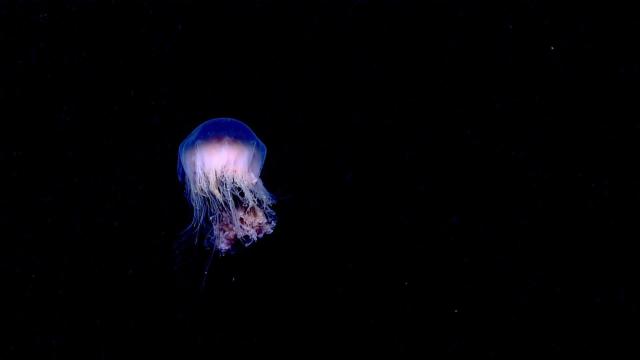I sincerely wondered if the otherworldly and beautiful creature in the photo above was real or computer-generated, perhaps for a sci-fi TV show. It is, however, very much of this world. This is the lion’s mane jellyfish, the longest jellyfish in the world.
I’ll admit that I didn’t know much about jellyfish when I set out to learn more about the majestic lion’s mane. So I decided to talk to jellyfish expert Allen Collins, director of the U.S. National Oceanic and Atmospheric Administration’s National Systematics Laboratory, about what makes the lion’s mane tick. One of the first things I asked Collins was whether it was normal to be captivated at the sight of the lion’s mane like I was, to which he answered a cheerful yes.
“Jellyfish displays are incredibly popular in aquaria,” Collins said. “I liken the experience to what it feels like to stare at a fire. Jellyfish are often in constant flowing motion. They are sort of mesmerising to watch.”
Let’s Get Some Jelly Facts Straight
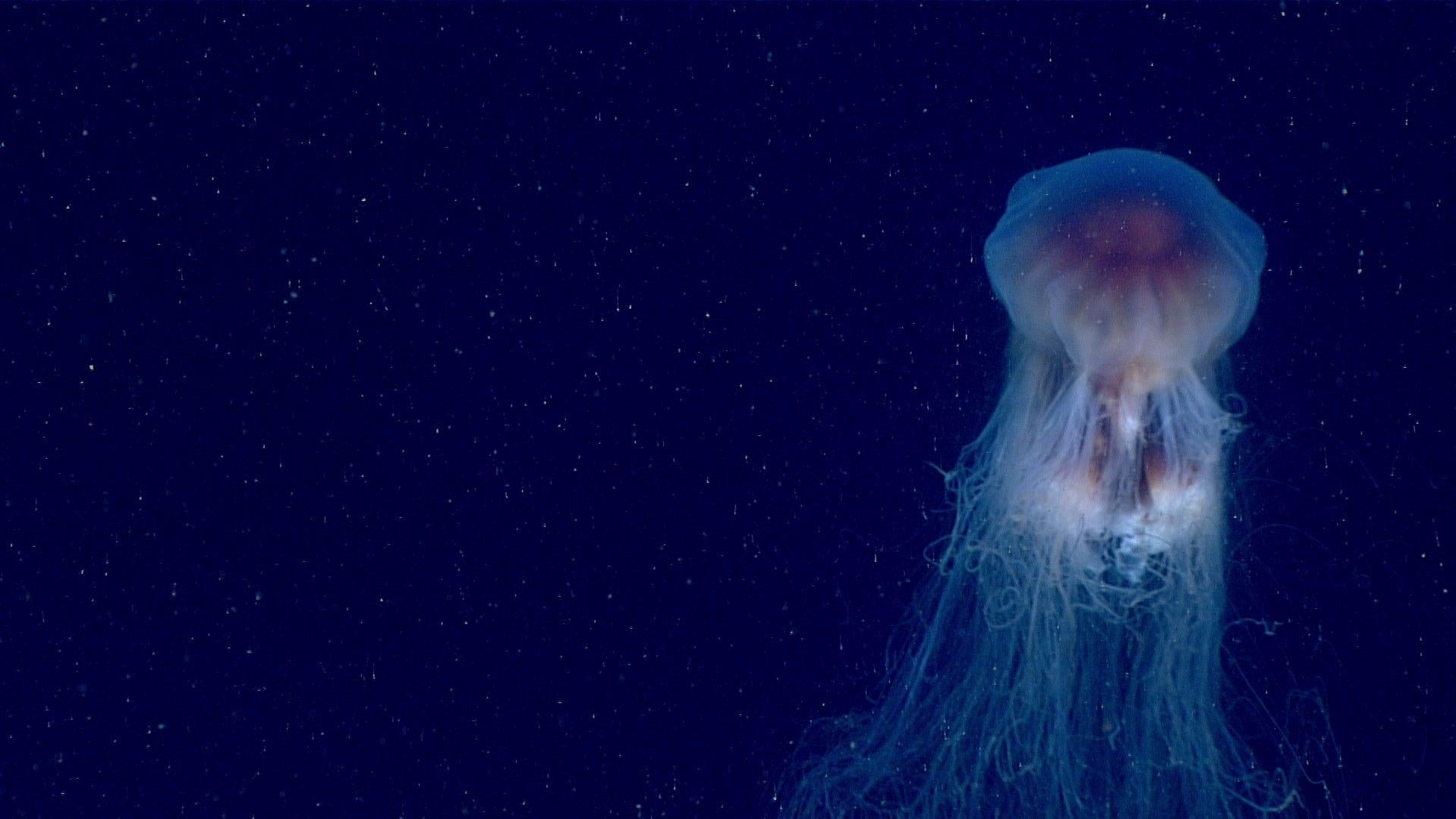
Before we take a deep dive on the very big jellyfish, it’s important to understand a bit about jellyfish overall. They are part of the phylum Cnidaria, which also includes sea anemones, sea whips, and corals. Jellyfish are very old animals, part of a group scientists call medusozoa, that have been floating around the seas for at least 500 million years. That’s pretty impressive for creatures that have no brains, blood, hearts, and are about 95% water.
Jellyfish are simple critters that have three layers. This includes the outer layer called the epidermis; a middle layer made of a thick, elastic, jelly-like substance known as mesoglea; and the inner layer, or the gastrodermis. Although jellyfish don’t have brains, they do have nerve nets, which are very important for them. The nerve nets allow jellyfish to sense changes in water chemistry that indicate there’s food or that another animal is touching them, know whether they are facing up or down, and detect light.
When it comes to eating, jellyfish have a simple digestive cavity. It acts as both a stomach and intestine, and the creatures have an opening that works as both a mouth and a butt. Laugh all you want, but jellyfish shouldn’t be messed: They have tentacles with special cells that release venom to capture prey or respond to enemies.
Jellyfish also have the rare distinction of going to space. In the 1990s, NASA launched thousands of jellyfish into orbit for experiments on Spacelab (not to be confused with the ill-fated Skylab) to see how microgravity would affect them. Thousands of jellies were born in space. Long story short: The space jellyfish did not have a good time when they came back to Earth and were unable to cope with gravity.
Becoming a Jellyfish Expert
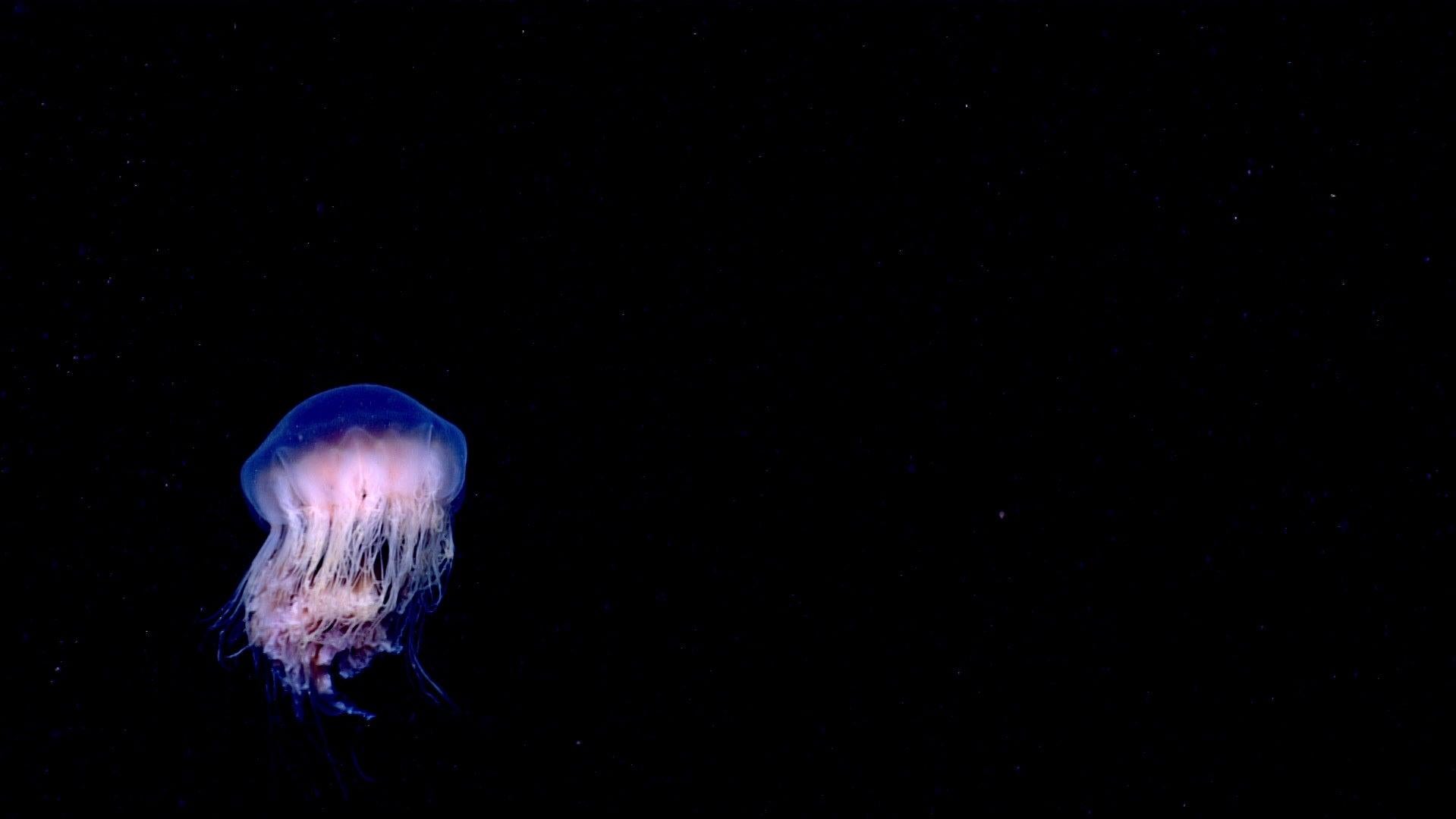
There’s no shortage of reasons to marvel at these sea creatures. Collins has come to love them in his years researching them at the National Systematics Laboratory, which does life history research on marine organisms of economic and ecological value and contributes to our understanding of marine biodiversity. He said that the more he knows about jellyfish, the further he wants to work to unravel their mysteries.
“Jellyfishes are living representatives of one of the oldest animal lineages, Cnidaria, so my initial interest in them had to do with what they could teach us about early animal evolution,” Collins said. “But the more I found them in nature, the more fascinated I became with all aspects of their biology.”
The Longest Jellyfish in the World
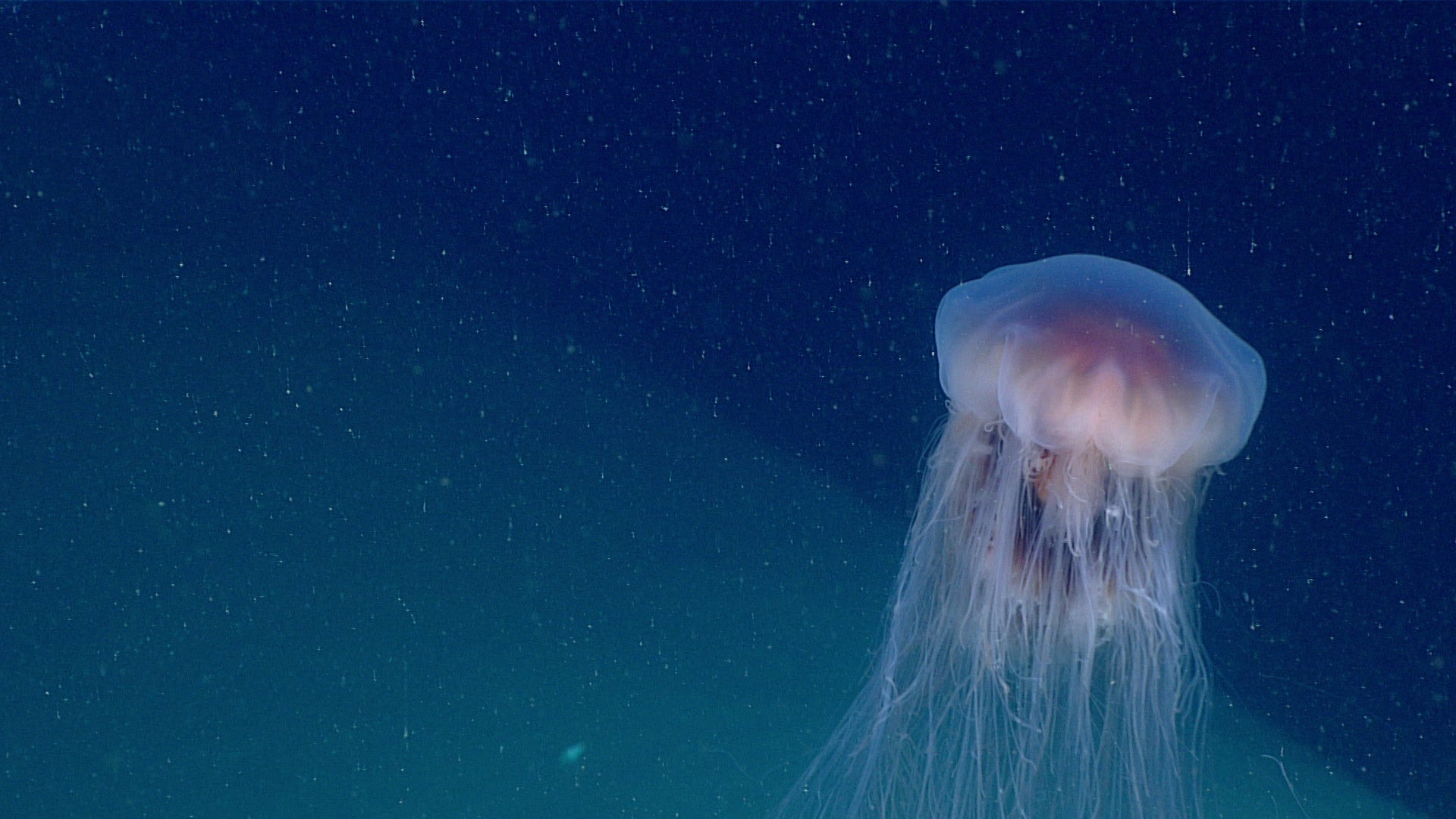
Now that we have our jelly basics down, let’s talk about the lion’s mane jellyfish, or Cyanea capillata. Collins said that in the 1800s, a scientist observed a lion’s mane jellyfish with a disk that had a diameter of 2.2 metres and tentacles that exceeded 36.5 metres. These jellies are more common in colder temperate to polar waters, but some species can also be found in subtropical and tropical waters. In the U.S., they can be found in Atlantic and the Gulf of Mexico.
While the lion’s mane is famous for being the largest jellyfish species, there is another species that rivals it: Nomura’s jellyfish (or Nemopilema nomurai if you’re into scientific names). Its bell has been reported to be up to 2 metres across and large specimens can weigh 200 kilograms.
“So, both species can be really large, with Cyanea being the longest and Nemopilema having the largest mass,” Collins said.
What It’s Like to See a Lion’s Mane Jellyfish in Person

Collins said he will never forget the moment when he was diving in British Columbia and looked over his buddy’s shoulder only to see a large lion’s mane jellyfish in person.
“That was the first moment I thought ‘I wonder if a jellyfish could eat a person,’” he said. “I’d say that few jellyfish could evoke that thought. But, I want to emphasise that there is no evidence that a jellyfish could eat a person.”
Many jellyfish do eat other jellyfish, though. In fact, most jellyfish eat plankton, and some larger jellyfish may eat crustaceans and fish.
Even though there’s no evidence that a lion’s mane jellyfish will eat you (phew), Collins warned their stings can be pretty painful. Because of their size, they have the capacity to deliver a lot of venom, which can have some harmful effects. So even though lion’s mane jellyfish will not eat you, there’s still good reason to be cautious if you run into one.
Role Jellyfish Play in the Ecosystem

Jellyfish aren’t just cool creatures to look at; they play numerous roles in the ecosystem. According to Collins, new techniques such as eDNA metabarcoding to detect diets have made it abundantly clear that lots of different organisms eat jellyfish. These critters are also being increasingly recognised as important parts of the carbon cycle, he said.
A study published in 2020 found that carcasses of gelatinous zooplankton, which include jellyfish and salps, could sequester more than 500 million metric tons of carbon to the seafloor annually. Experts have also found that large jellyfish blooms, or vast aggregations of jellyfish, are important in the nitrogen cycle. Collins explained that jellyfish produce a lot of ammonium that jellyfish-associated microbes turn into more than enough nitrogen to support primary production.
Jellyfish aren’t always ideal in every situation, though. Jellyfish blooms can be disruptive to fisheries by eating fish larvae. Too many jellyfish in the water can pose danger to swimmers and can clog machinery at coastal power plants, which can lead to power outages. Invasive jellyfish are also a growing problem and pose potential threats to native species.
Is Climate Change Affecting the Lion’s Mane?
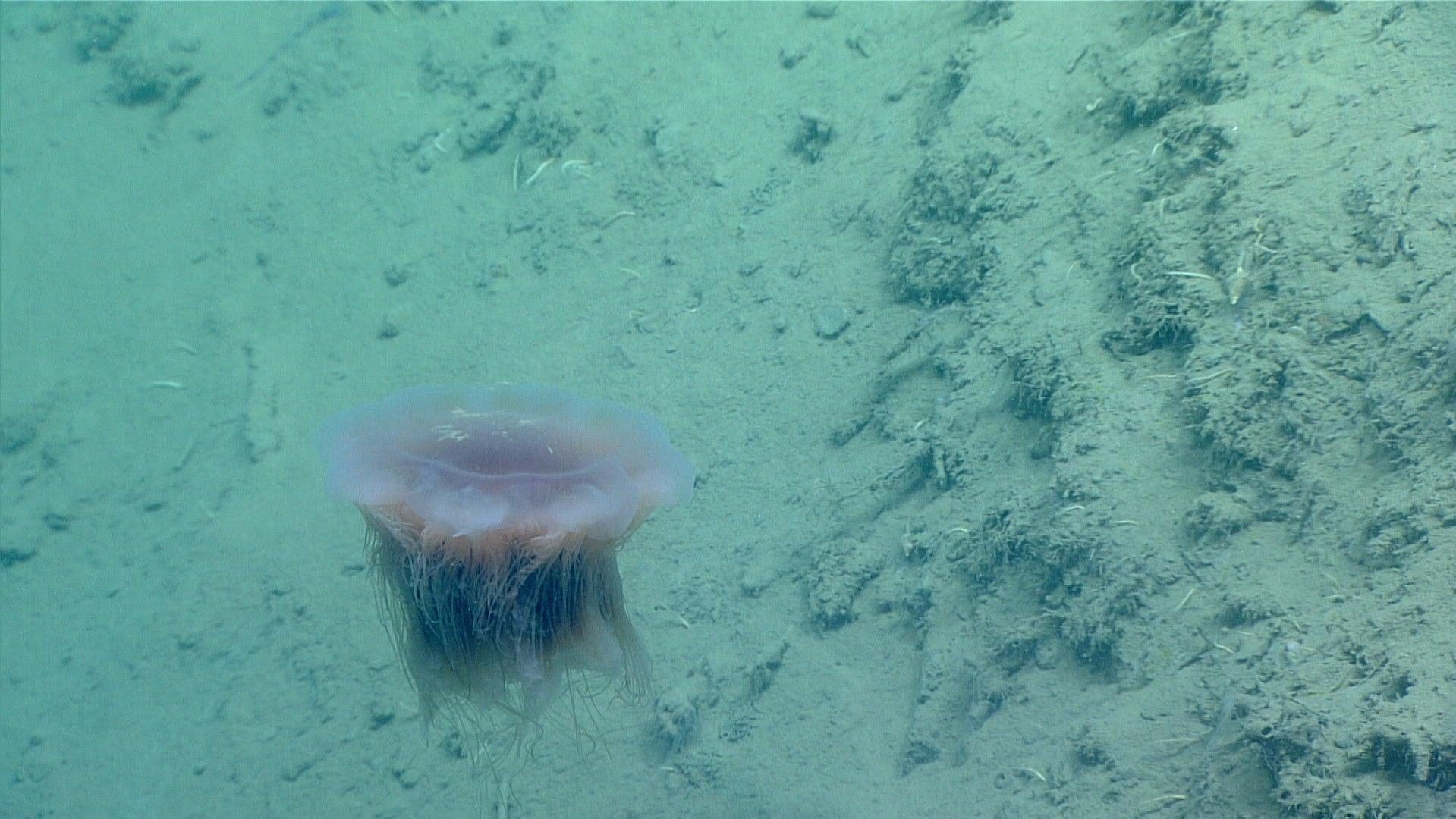
The climate crisis has been hitting animals hard around the world, and jellyfish are no exception. However, a 2018 study found that venomous creatures, including jellyfish, are likely to increase due to climate change. Numerous other studies have also pointed to how warmer oceans with lower oxygen content can favour jellyfish more than other marine species.
But Collins warned that blanket statements about jellyfish thriving in changing conditions are difficult to sustain, as there are always exceptions. There are some species of lion’s mane jellyfish, for instance, that are not very well understood at this time and that are distributed in different regions of the world. More research on them and other species is needed to determine just how climate change will affect them.
Nonetheless, all marine species can be expected to be impacted in one way or another as the oceans heat up, acidify, and shift in other ways due to human-induced climate change — and in many places, those shifts are already happening. Some may shift ranges, some may become more abundant than they were, and some are likely to become less so. Changes in one species could have knock-on effects and even destabilize entire ecosystems.
That points to the need for conservation strategies that account for all sorts shifts. (So far, the world has talked a big game but hasn’t done great when it comes to following through.)
Remember: All Jellies Are Different

In the end, the longest jellyfish in the world is only one of thousands of jellyfish. When I started on this jelly journey, I must admit that the only reference I had were the warnings about the creatures I was given as a child to avoid their stings. But there’s so much more to jellies.
“I always like to emphasise jellyfish diversity. There are several thousand species in the group, which we call Medusozoa, and they play so many different roles in the environment,” Collins said. “Some even live in freshwaters. Only a small number of jellyfishes can harm humans, and so it doesn’t really make sense to think of them as nuisances.”
